Our eyelid skin becomes thinner as we age. This leads to the skin folding onto itself, forming so-called bags under our eyes. Apart from giving the appearance of fatigue, eye bags can also lead to poorer vision.
Blepharoplasty is a safe surgical procedure that removes some of the excess eyelid tissue, better known as dermatochalasis. As a result, those undergoing this treatment can benefit from the removal of excess fat on the upper lids, leading to fresh and younger eyelids with the likelihood of improved vision.
As with any other proven medical procedure, the surgery is only done following a full ophthalmic examination. During this examination, the person’s full face, vision and visual function are assessed. In addition, tests are also carried out to check for other ophthalmic conditions, such as dry eye and blepharitis.



